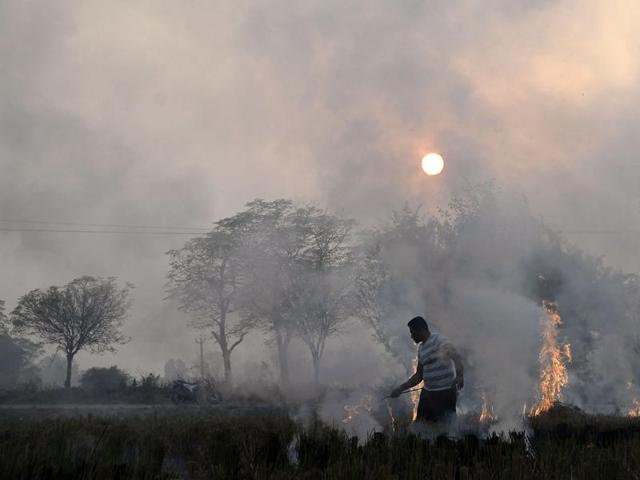China, India accounted for 2.2 million deaths – half of total number of world’s pollution deaths – in 2015.
NEW DELHI/BEIJING – India’s rapidly worsening air pollution is causing about 1.1 million people to die prematurely each year and is now surpassing China’s as the deadliest in the world, a new study shows.
Researchers from the Health Effects Institute in Boston and Institute of Health Metrics and Evaluation in Seattle found that China and India accounted for more than half of the total number of global deaths attributable to air pollution in 2015.
The study shows air pollution caused more than 4.2 million early deaths worldwide in 2015, making it the fifth highest cause of death, with about 2.2 million deaths in China and India. Since 1990, the number of premature deaths in India has risen by 150 percent.

Air pollution has been linked to higher rates of cancer, stroke and heart disease, as well as chronic respiratory conditions such as asthma.
The HEI’s study, the first of its kind, was based on the Global Burden of Disease (GBD) project, a database backed by the Bill & Melinda Gates Foundation that tracks the role that behavioral, dietary and environmental factors play in deaths across 195 countries.
The institute, which has also launched an online database showing the global impact of pollution on health (https://www.stateofglobalair.org), said 92 percent of the world’s population lives in areas with unhealthy air.
Since 2010, the number of PM2.5s, or dangerous air particles, have risen sharply in Bangladesh and India, but stabilized in China as it is pushing ahead when it comes to taking action, HEI president Dan Greenbaum said.

“(India) has got a longer way to go, and they still appear to have some ministers who say there is not a strong connection between air pollution and mortality in spite of quite a lot of evidence,” he said.
The stark difference can also be explained by clean-energy measures implemented in China. The national pollution rate has stabilized since Beijing shut down all its coal-run power plants. The old facilities have been replaced by newer, and less polluting gas-fired plants which contribute to a stabilization of pollution levels in China. China also announced its decision to close 2,000 smaller, regional coal plants.

India, meanwhile, is yet to address the extremely high levels of particulates – industrializing rapidly without strong government regulation. This, coupled with a growing population, more wealth leading to greater car ownership, and an aging population more likely to suffer from the effects of air pollution, are reasons why India is suffering so much.
India’s growing pollution crisis can be attributed to its heavy reliance on coal as an energy source—the air in Indian cities is filled with a deadly mix of dust, exhaust fumes, open fires, burnt crops, and factory emissions. Bursting firecrackers during Diwali also send PM2.5 levels soaring.

In 2013, the World Bank estimated that pollution shaved off nearly 8% from India’s GDP due to lost work days and increased welfare costs.
A Greenpeace report launched in January found that all north Indian cities were too polluted and the rate of deaths caused because of high levels of dangerous particulates lost the country three percent GDP.
Source: Washington Post














